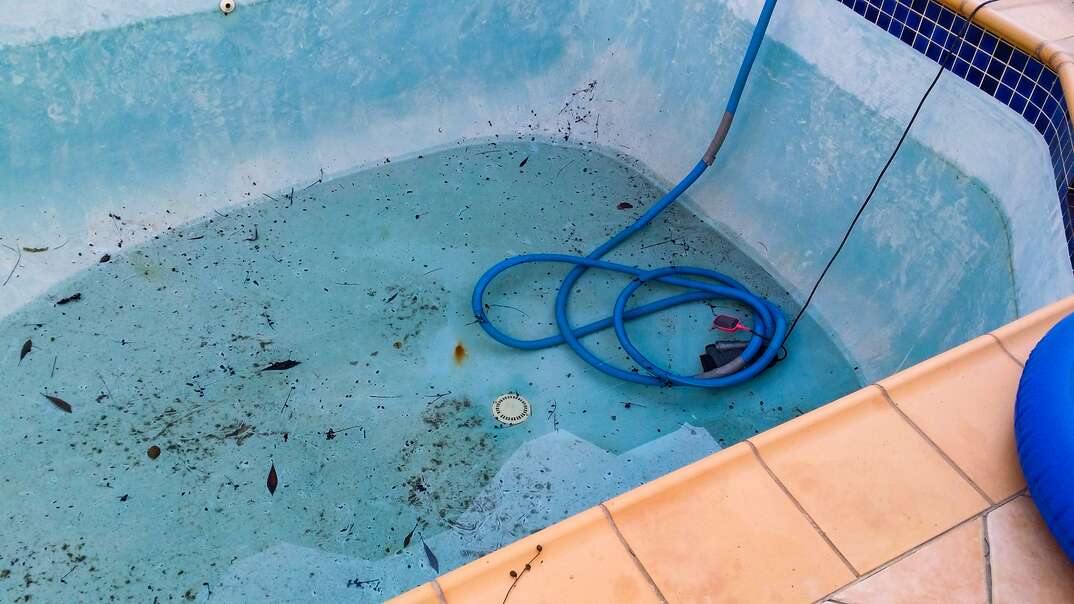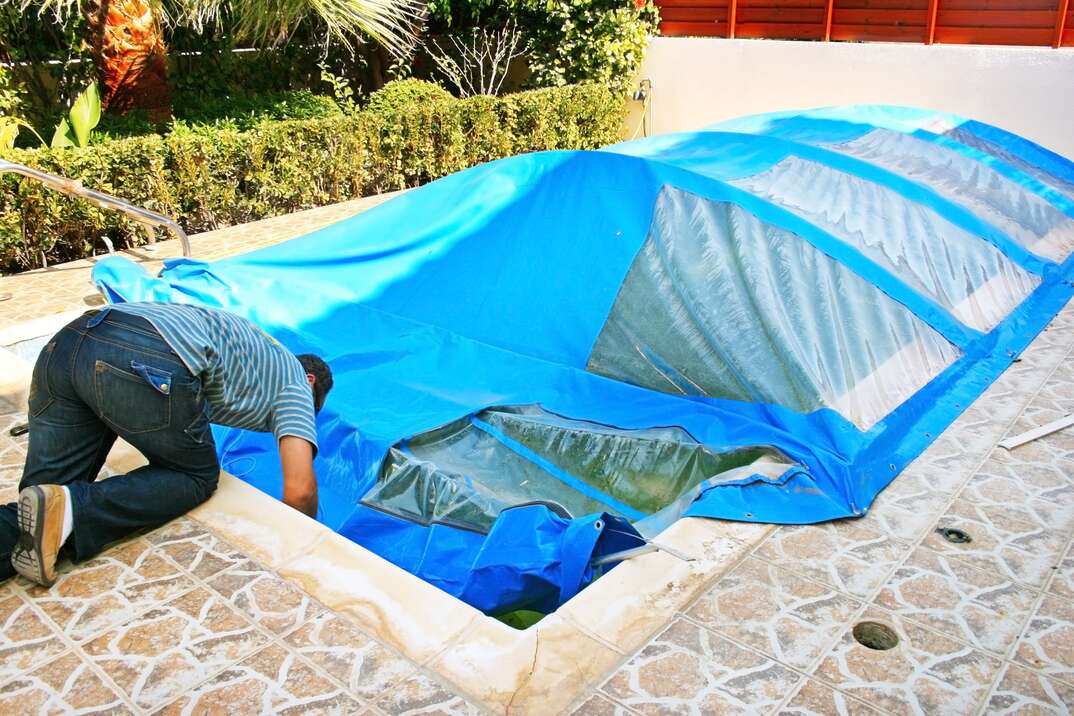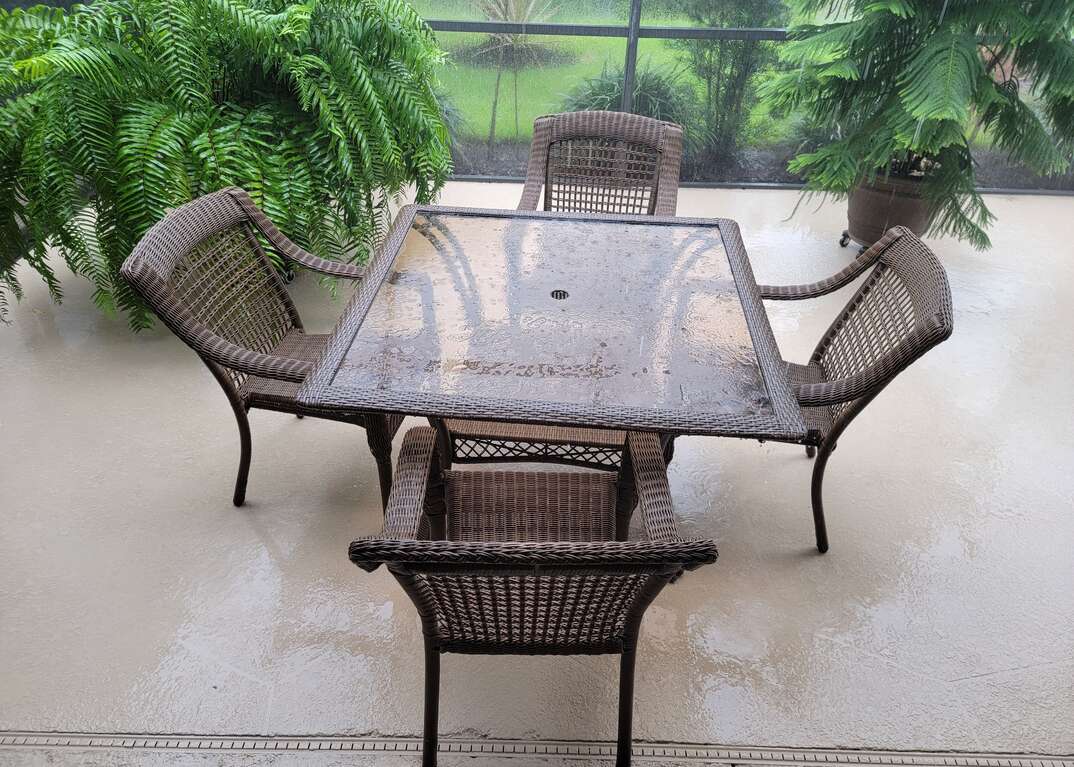Pools and Hurricanes: What to Do Before During and After

Pools and Hurricanes: What to Do Before, During and After
Discover what to do with a pool during a hurricane. Learn the essential steps you should take to prepare, secure and restore your pool's integrity.
This article covers how homeowners can safeguard their pools and surrounding areas during hurricane season. It covers in detail how they can prepare, secure and restore their pool’s integrity while preserving their pool’s longevity.
Author: Rowan Guthrie
Imagine you’re basking beside your pristine pool, bathed in sunlight with a cool drink in hand. All is well with the world. But in the back of your mind, you know hurricane season is approaching. Maybe experience has taught you that hurricanes wreak havoc on pools — and your bank balance. Naturally, you think of what to do with the pool during a hurricane. Let’s dive into how to prepare your pool for a hurricane.
How Do You Prepare Your Pool for a Hurricane?
When the first hurricane warnings start to sound, it's time to take action. You’ll need to ensure your pool is properly prepared to help prevent possible damage and make the post-hurricane recovery smoother. Here's what you need to do.
Drain Your Pool
- Lower the water level, as this can prevent overflowing during heavy rains.
- Make sure the water level is safe for your pool's skimmer.
- Secure the pool’s covers tightly to prevent rainwater from accumulating.
Add Extra Chlorine to the Water
- Shock the pool with extra chlorine to help combat the contaminants heavy rains will bring.
- Once the storm passes, monitor chlorine levels and adjust as needed.
Secure All Pool Equipment
- Turn off the pump and disconnect any electrical equipment.
- Store pool equipment, such as pump motors and cleaning tools, in a safe and elevated area to avoid damage.
- For added protection, cover sensitive equipment with waterproof tarps.
Remove Loose Items
- Clear loose items from the pool area, such as patio furniture, toys and pool accessories.
- Store these items indoors or in a secure location to prevent them from becoming hazardous projectiles.
- Anchor lightweight furniture to prevent strong winds from carrying it away.
Brace for High Winds
- Reinforce any pool and patio structures that could be vulnerable to strong winds, such as fences and screens.
- Trim tree branches near the pool area to reduce the risk of falling debris.
- Install hurricane straps to securely anchor pool enclosures.
Should You Drain Your Pool Before a Hurricane?
One of the most common questions people ask is whether to drain a pool entirely before a hurricane. While some think this can prevent flooding, it's generally not recommended. Pools are designed to hold water, so draining them completely can lead to serious problems. Empty pools can pop out of the ground due to the lift pressure exerted by excessive groundwater. They can "float" due to the force of saturated soil, which can potentially cause structural damage, and the chance of collapse is increased because there’s no water to counterbalance external stress.
What Should You Do to Get Your Pool Back in Working Order After a Hurricane?
Here's how you can safely return your pool area to its pre-storm pristine state. Always make sure the electric and other utilities are in safe condition before starting, and if you have any concerns, wait until you're sure it's safe.
Remove Debris
- Use a pool skimmer or net to extract debris from the pool.
- Check and clean the skimmer baskets and filters regularly during the cleanup process.
- Brush away any debris that may have settled on the pool walls and steps.
Inspect and Clean Pool Equipment
- Carefully inspect pool equipment for damage, such as debris or water accumulation.
- Clean and remove dirt or debris from pump baskets and filters.
- Check for leaks and wear in hoses, connections and valves.
Test Water Chemistry
- Test the pool water for chemical balance, including pH, chlorine and alkalinity levels.
- Adjust these levels as necessary to ensure the water is safe and clean.
- If you have to, shock the pool to restore proper water chemistry.
Check for Structural Damage
- Inspect the structure for cracks or damage, including the walls, tiles and coping.
- Promptly address possible structural issues to prevent further deterioration.
- Consult a professional if you suspect significant damage that requires repairs.
Restore Water Level
- Refill the pool to its normal water level using a safe water source.
- Monitor the water level during refilling to avoid overflows.
Restore Pool Pump and Electrical Equipment
- Reconnect and restore the pool pump filter and other electrical equipment once the area is safe and dry.
- Test the equipment to ensure it's functioning properly.
- Replace damaged or compromised components before resuming regular operation.
Clear and Clean Pool Patio
- Remove fallen branches, debris and mud from the pool patio area.
- Clean and disinfect the pool deck.
- Inspect and clean pool drains and grates to prevent clogging and improve water circulation.


